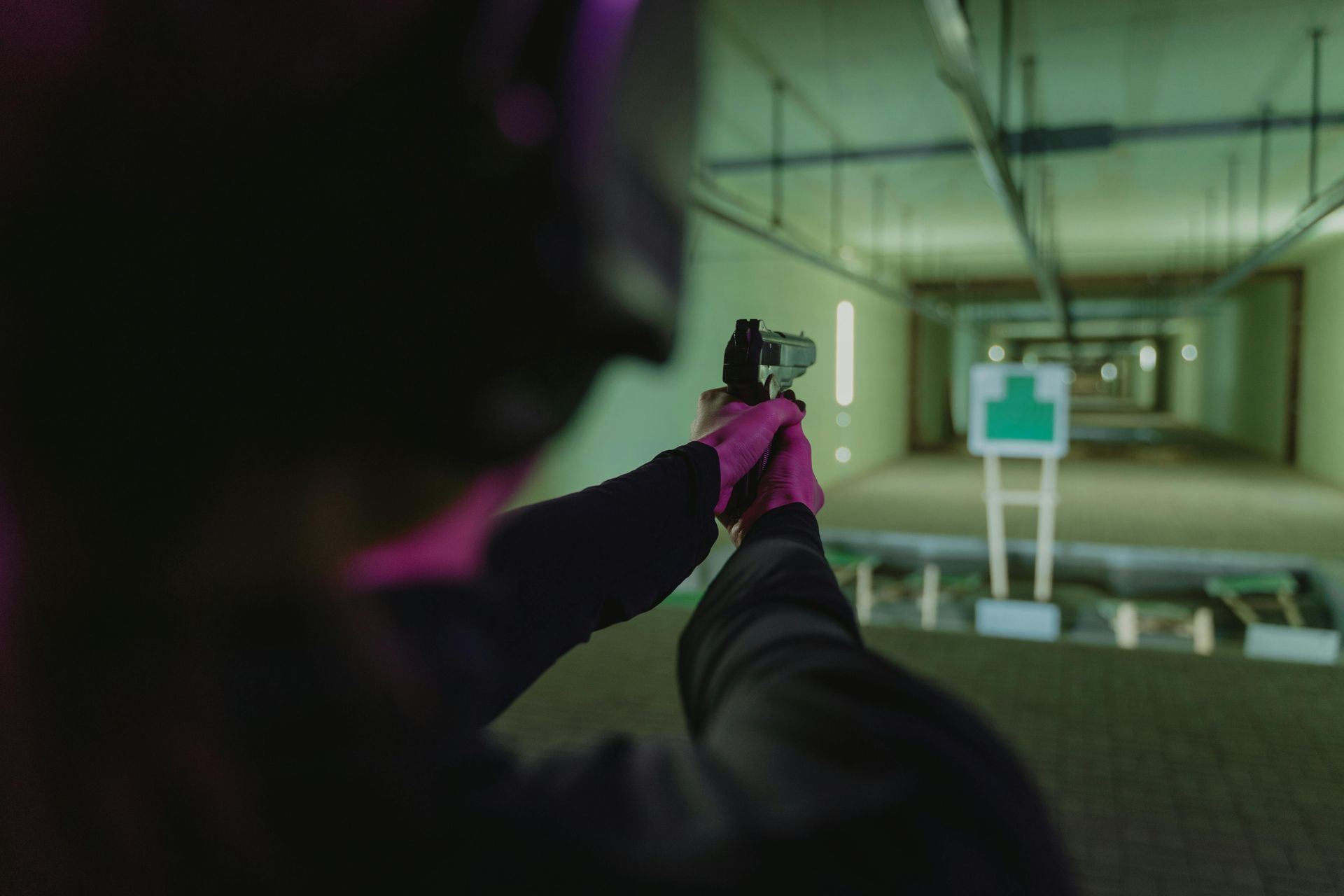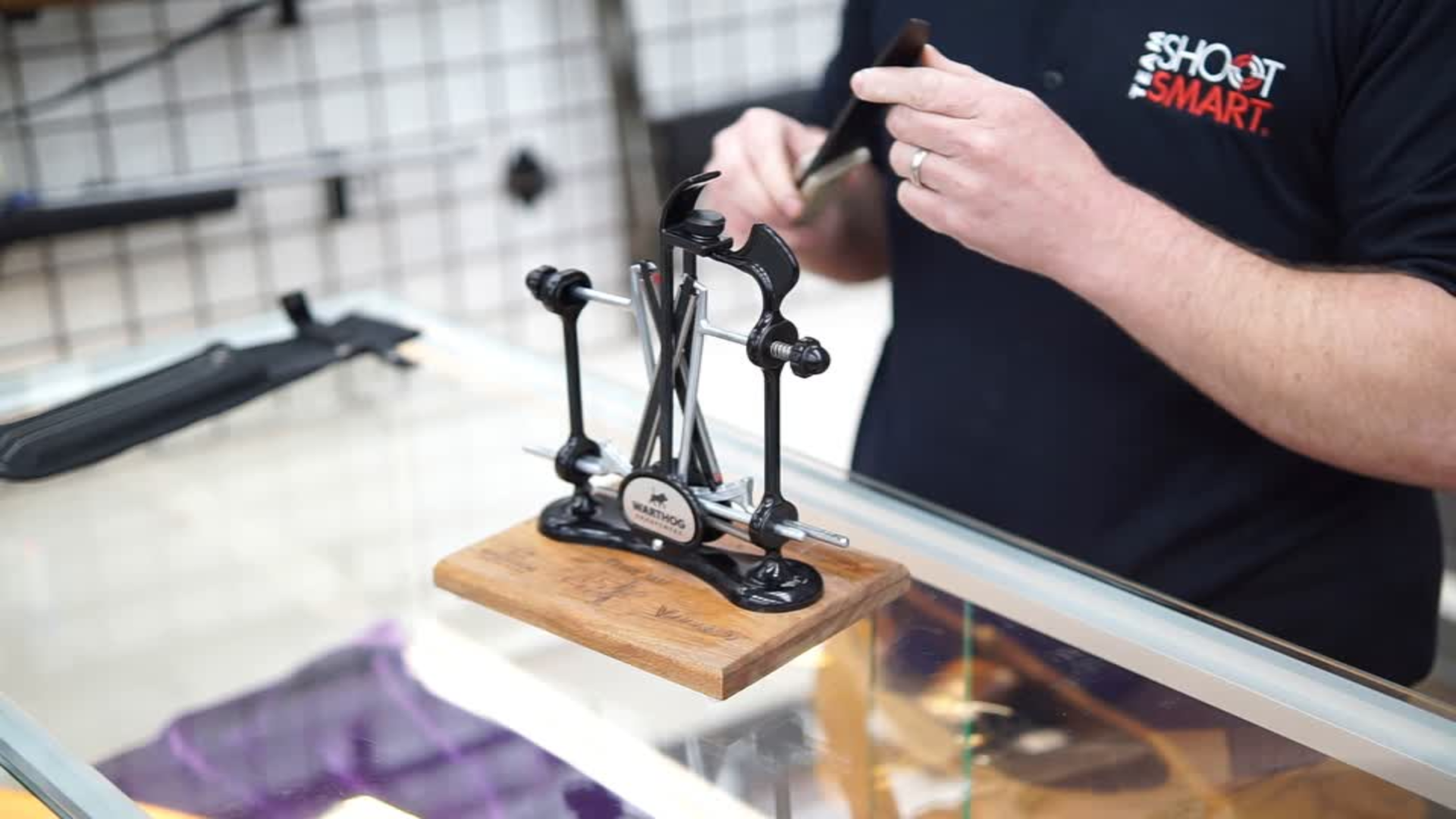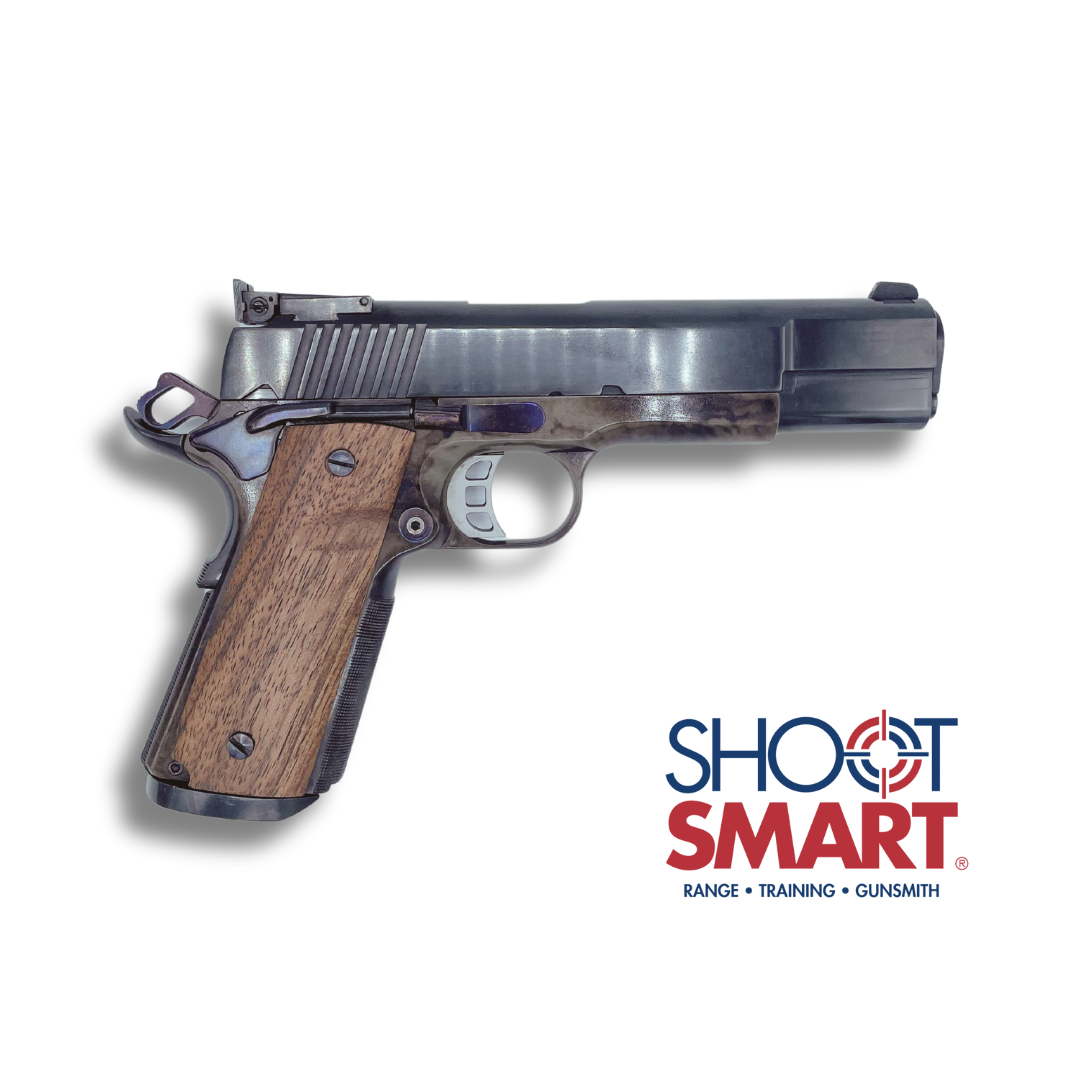Essential Firearm Safety: At the Range and At Home

Whether you're a seasoned firearm enthusiast or a new gun owner, safety should always be your top priority. Responsible gun ownership goes beyond knowing how to shoot—it’s about creating a culture of safety, both at the shooting range and in your own home.
In this post, we’ll explore essential safety practices every firearm owner should follow, starting with the controlled environment of the shooting range and extending into the day-to-day responsibility of home firearm safety.
Shoot Smart Range Safety
At Shoot Smart, we believe the range is a place to practice and sharpen your skills—but it’s also a shared space that demands respect and awareness. Here are key guidelines to follow every time you step onto the firing line:
1. Know the Rules
Shoot Smart has a set of specific rules and protocols in place for safety at the range. Before you start shooting, take a few minutes to familiarize yourself with them. If you're unsure about something, ask. Staff and range officers are there to help ensure everyone has a safe and enjoyable experience.
2. Follow the Four Cardinal Rules of Gun Safety
These foundational principles apply everywhere—but they are absolutely critical in a public setting like a range:
- Treat all firearms as if they are loaded.
- Always keep the firearm pointed safely away from anything you do not want to shoot.
- Keep your finger off the trigger until you are ready to fire.
- Be sure of your target and what is beyond it.
Following these rules consistently can prevent most accidents before they happen.
3. Wear the Right Gear
Safety equipment isn’t optional. Always wear:
- Eye protection to guard against debris and brass casings.
- Ear protection to prevent hearing damage from loud gunfire.
Wearing high-neck shirts and closed-toe shoes can also help prevent burns from hot brass.
4. Handle Firearms Responsibly
Only load your firearm when you’re on the firing line and ready to shoot. Keep the muzzle pointed downrange at all times, and never turn around or point the gun anywhere other than the target zone. Simple awareness and discipline go a long way.
5. Be Aware of Others
You're not shooting alone—so always be aware of your surroundings. Respect fellow shooters, give them space, and listen to instructions from range officers. Clear communication and mutual respect create a safer environment for everyone.
If you do not feel comfortable with your firearm or you’re a first shooter, we offer training classes to help build your skills and comfort levels. Check out our Path to Proficiency by clicking HERE.

Home Firearm Safety
Your responsibility doesn’t end when you leave the range. In fact, the stakes are often higher at home, especially if you live with children or others who may not be trained in gun safety.
1. Safe Storage
The most important step in home firearm safety is secure storage. Use:
- A
gun safe or
lockbox to prevent unauthorized access.
- Trigger locks or
cable locks as an extra layer of protection.
- Separate storage for
ammunition when possible.
Quick-access safes with biometric or keypad entry can help balance security with emergency readiness.
2. Educate Everyone in the Household
Every family member should know the basic rules of gun safety—even if they don’t handle firearms. Teach children that guns are not toys and to always notify an adult if they come across one. Clear, age-appropriate conversations go further than fear or secrecy. Keep in mind that Shoot Smart offers training to students as young as 8 years old when accompanied by an adult guardian.
3. Home Defense Readiness
If you own a firearm for self-defense, ensure it’s both secure and accessible in an emergency. Practice retrieving and using it safely under stress, and consider training in simulated scenarios or using a dummy gun to build muscle memory.
4. Routine Maintenance and Checks
Regularly clean and inspect your firearms to ensure they’re functioning correctly. A poorly maintained firearm can be dangerous—both in terms of reliability and safety.
5. Legal Awareness
Stay informed about local and federal firearm laws, including requirements for storage, transport, and use. Laws can change, and ignorance isn't a defense in legal matters.
Conclusion
Firearm safety isn’t a one-time lesson—it’s a lifelong commitment. Whether you're at the range or at home, every action you take contributes to a safer environment for yourself and those around you.
Take the time to train, teach, and treat firearms with the respect they demand. Responsible ownership starts with you.
Resources for Further Learning:
Recent Posts






